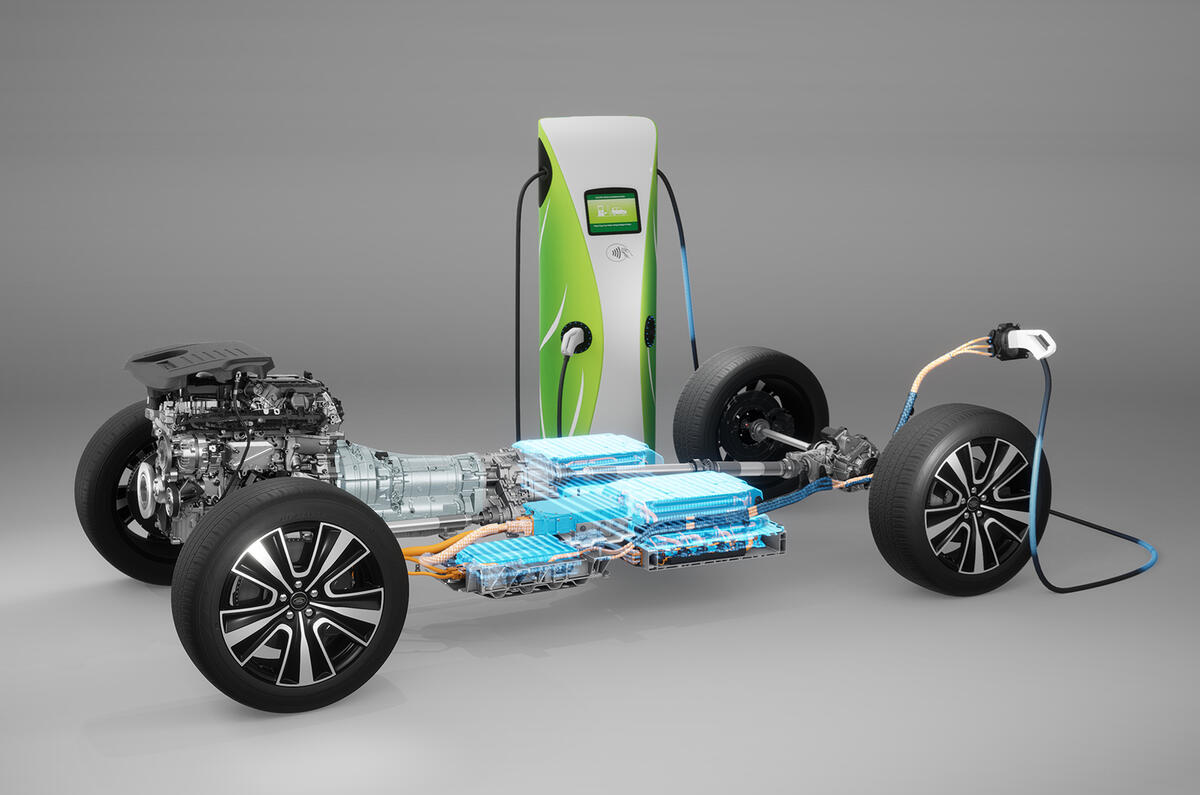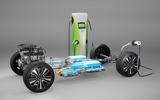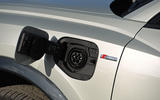Plug-in hybrids (PHEVs) have long been billed as a ‘bridging’ technology to help the transition from internal combustion engine (ICE) to battery electric (BEV), but predictions about how long that bridge needs to be vary dramatically. Right now, it could be shorter than most had previously thought.
While BEV sales continue to grow exponentially, PHEV figures are faltering and even declining. In this chip-restricted world, that could be a result of manufacturers prioritising their lowest-emission vehicles as they bid to avoid fines, but it could also be a sign that the (frankly lukewarm) love affair with the PHEV could be cooling.







Add your comment